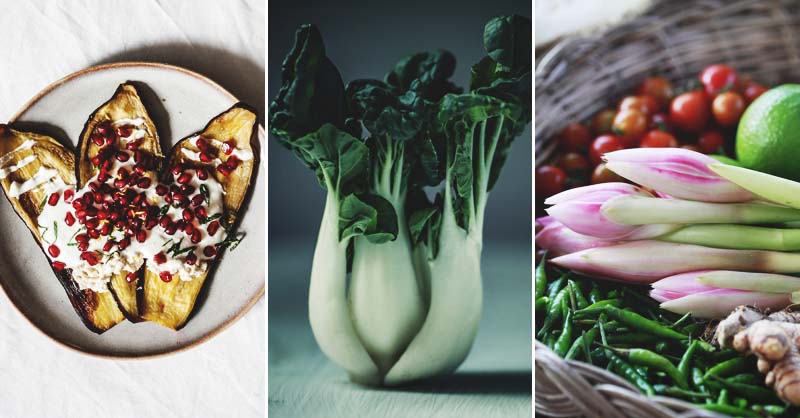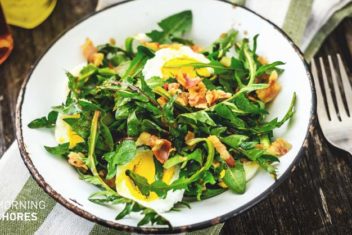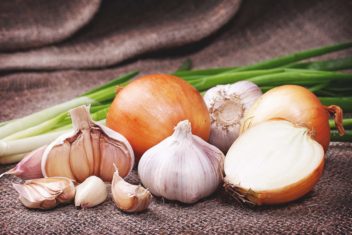Do you ever get in the mood for certain dishes from different parts of the world? I go through spells where I love Mexican cuisine.
But lately, I’ve been into Asian cuisine. I saw a post on a homesteading site where a man from Asia was curious why Americans chose to eat out more than cooking. He said Asian cuisine could be whipped up in a flash and it was healthy.
Therefore, he didn’t understand why we chose to eat out and in turn, had weight issues. He was evident in his statement he didn’t mean any offense to us as Americans but was genuinely curious about our food choices.
Which made me wonder, “What was he eating which could save me time and my health in the process?” Many of the comments which followed his question were very interesting, and I learned a great deal from this one post.
Following this online conversation, I began to research different Asian dishes. The funny thing is – he was right. Many recipes were healthy, fast, and easy to whip up.
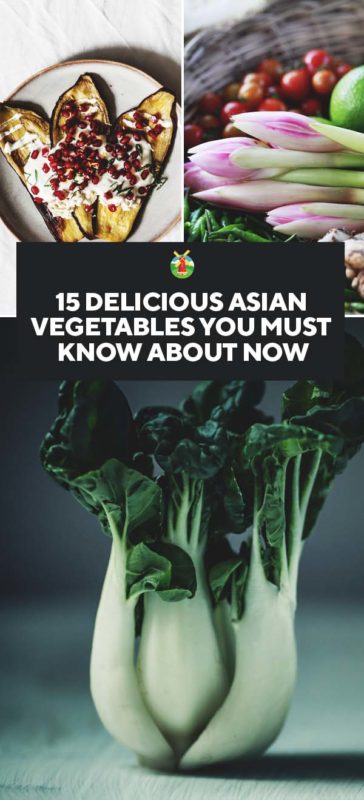
Now, I want to give you a list of Asian vegetables which are easy to serve and make delicious meals from. Here are the veggies you should know about:
1. Chinese Cabbage
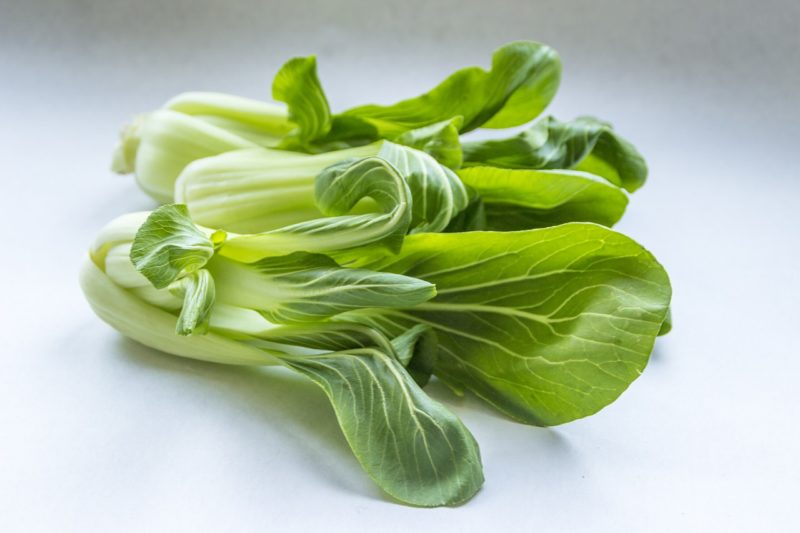
There are many different varieties of Chinese cabbage. The standard variety of this type of cabbage is Napa cabbage. It’s high in vitamin C, which makes it a healthy option for you.
The great thing about preparing Chinese cabbage is it takes on any flavor of the foods it’s prepared with. Don’t feel you have to continually cook this style of cabbage because it’s an excellent addition to salads, stir-fry, or soups too.
If you haven’t prepared Chinese cabbage before, choose the heads which have crispy leaves and are green.
2. Daikon Radish
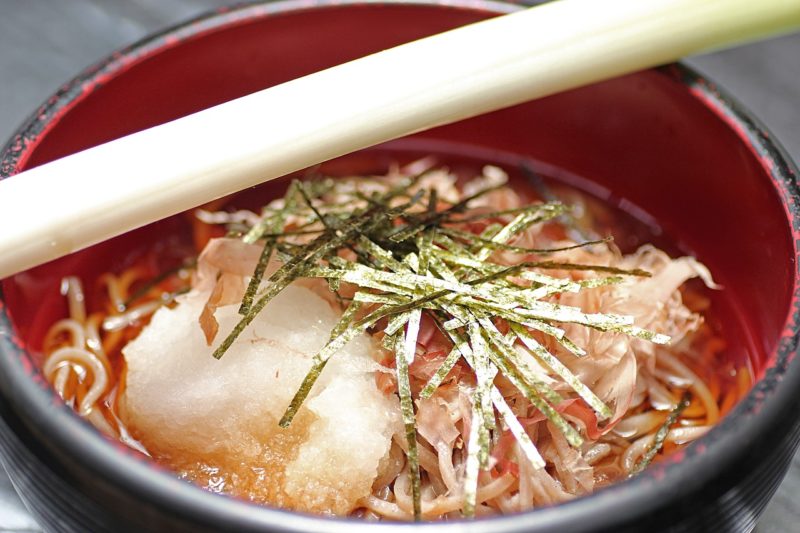
You’ll notice the trend with Asian vegetables is they all are high in nutrients. The daikon radish is no exception. It’s high in nutrients while remaining low in calories.
This radish will stand out from other ordinary varieties of radishes because it has a long, white root. Daikon radishes not only stand out by looks but in flavor too.
They have a milder flavor in comparison to other radish varieties and have less of a pepper flavor. Daikon radishes can be pickled or cooked in a dish by slicing or grating it.
However, the daikon radish isn’t for taste alone. The health benefits are amazing. It can help with digestive troubles, and you can juice it to use as an anti-inflammatory or to help cure a headache.
3. Yardlong Beans
Yardlong beans are also known as asparagus beans. They grow on a long, climbing vine and slightly resemble asparagus because of their shape and color.
Though this vegetable is called a bean, don’t get caught up in titles. It may belong to the bean family, but shouldn’t be prepared the same as traditional style green beans.
If you throw this bean in a pot of boiling water, they’ll become overwhelmingly soggy. Instead, you should sauté these beans.
The great thing about yardlong beans is there is no stringing involved in prepping them. You wash the beans and cut before cooking.
However, when you try to purchase yardlong beans, don’t be alarmed. They’ll look limp, and this is normal even when they are freshly picked.
4. Bok Choy

Bok choy is a vegetable high in vitamins C, A, and K. It’s also high in calcium, magnesium, potassium, manganese, and iron.
If you’re like me and struggle to take in as many vitamins as you should in a day, you should consider adding this vegetable to your diet.
It’s able to add many necessary nutrients to your diet by eating only one type of vegetable. It simplifies things.
Not to mention, you can toss Bok choy raw in a salad, or you can cook it and use it as part of a stir-fry.
5. Taro Root
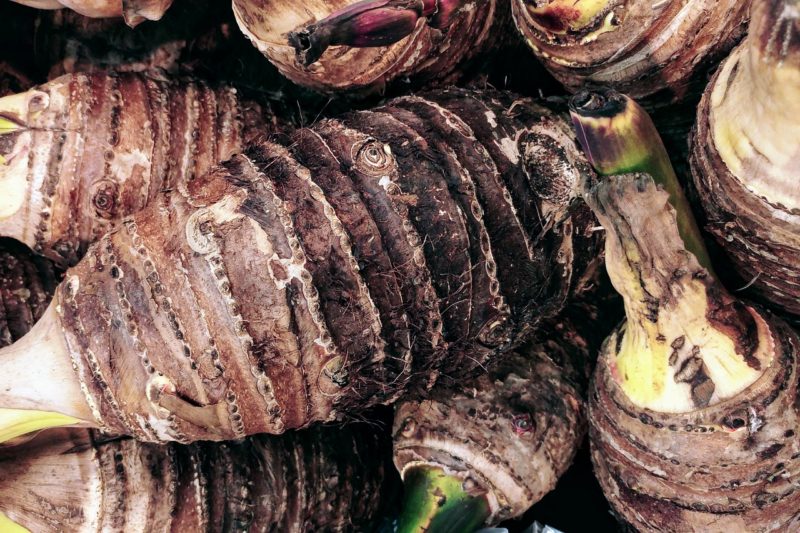
Taro root is another Asian vegetable high in numerous types of vitamins. It’s high in vitamin A, C, E, B6, folate, magnesium, iron, zinc, phosphorous, potassium, manganese, and copper.
Again, why wouldn’t you include this in your diet if you can get this much nutrients from one type of food?
If the nutrients aren’t enough to get you to try it, you should also know taro root is good for your digestion and helps prevent cancer by giving your immune system a boost.
Taro root also helps to regulate your insulin and glucose levels, which is helpful for those struggling with diabetes or pre-diabetes. It can also help boost your heart health and vision.
If all of this isn’t enough, you should know it can also help your skin to look healthier and clearer when included in your diet on a regular basis.
6. Lotus Root
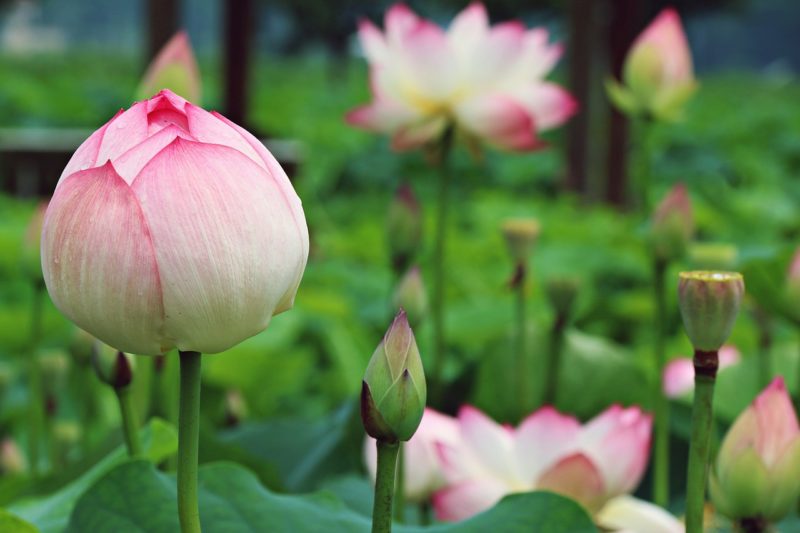
Lotus root is exactly what it sounds like. It’s the root of the Lotus flower. Don’t get caught up in the flower to the point you miss all the Lotus root can do for you.
This root can help with blood circulation, helps reduce your stress, and can help regulate your blood pressure as well.
It’s also high in vitamin C, can help improve your digestion, gives your heart health a boost, and can help with weight management.
But you don’t have to munch on this root in raw form to get these benefits. You can deep-fry it, put it in soup, stir-fry it, or cook it for any other recipe you desire it to be a part of.
7. Mustard Greens
I know what you’re thinking, “Mustard greens? I thought those were supposed to be covered in bacon grease and vinegar?”
Well, in the south this is precisely how we eat them. But in Asian cuisine, mustard greens are compiled with other heart-healthy vegetables to make a quick and easy stir-fry.
The next time you’re in a rush to get food on the table, consider tossing mustard greens and other veggies from the fridge in a large pan. Sauté them and include a protein for a well rounded and fast meal.
8. Garlic Chives
I love garlic chives. I grow them in my herb garden year after year. They have a beautiful aroma and also do a great job of attracting butterflies.
However, garlic chives are also great for many other uses. You can include them in your stir-fries, salads, soups, and over grilled meats.
But some of my favorite ways to incorporate them into my dishes are in herbal vinegar, delicious butter, and soft cheeses.
9. Japanese Eggplant
Japanese eggplant is a popular vegetable in Japan, which you might expect. In Japanese culinary, it’s the third most used vegetable.
This vegetable has been produced in Japan for more than 12 centuries, but with the number of nutrients it provides and the diverse ways it can be used, it isn’t any wonder.
Japanese eggplant is high in vitamin C, potassium, folate, and fiber. You can prepare this healthy vegetable by roasting it, including it in soup, or making it part of a stir-fry.
10. Lemongrass
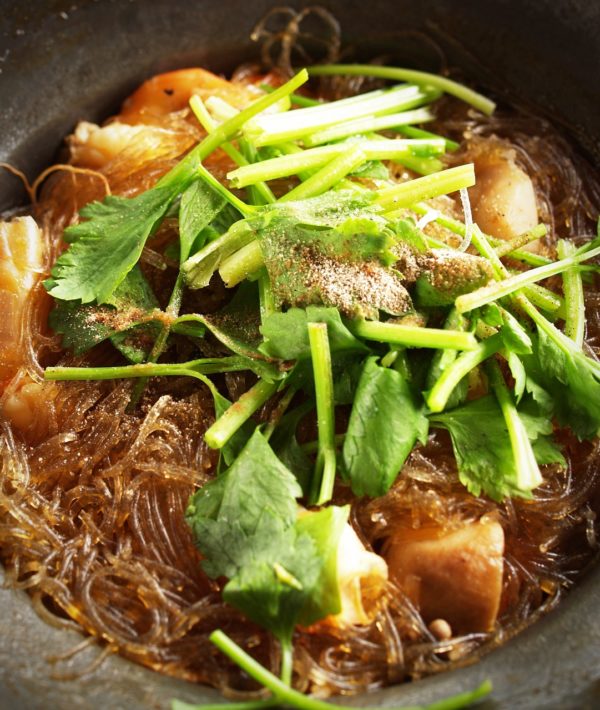
Lemongrass is another excellent herb used in Asia. When choosing lemongrass, choose bunches which have a strong smell to them.
Also, you’ll want them to have a yellowish and green color close to the bulb. If purchasing from a store, be sure the bunch is tightly wound and not loose.
When you find the right bunch of lemongrass, you can take it home and find a delicious curry recipe to include it in.
11. Choy Sum
Choy sum looks similar to Bok choy. You probably couldn’t tell the difference except choy sum has smaller stalks and produces yellow flowers.
Like Bok choy, this Asian vegetable is excellent for use in many different ways. You can include it raw for a salad, cooked, or as part of a stir-fry.
12. Galangal
This root vegetable is used more as a seasoning and confuses many people in the process. If you see it on a grocery shelf, you might assume you were looking at ginger.
The only difference in appearance between galangal and ginger is galangal has a harder and paler flesh in comparison to ginger.
But once you bite into galangal, you’ll quickly learn there’s a huge difference in flavor. Galangal has a citrus flavor with a hint of pine.
Obviously, you can’t use galangal as a substitute for ginger, or at least, it’s not recommended.
Galangal is good for more than tricking you. It’s great for your digestion. Also, it can help with treating hiccups and upset stomach.
If you’re suffering from morning sickness, galangal is said to be able to help alleviate this as well.
You can use galangal in different spice blends, to season a culinary dish, and it’s also a common ingredient in the Indonesian dish ‘nasi goreng.’ This is translated as an Indonesian version of fried rice.
13. Mizuna
Mizuna is a leafy green vegetable which would make a great addition to your salad mix. You can include mizuna in your pasta dishes as well.
However, if you’re looking for a leafy green to add to your stir-fry, then mizuna would be a great fit. You can include it in your risotto as well.
Mizuna is an excellent fit for soups and quinoa salads too. If you aren’t up for making any of these dishes, you can sauté mizuna by itself and enjoy it this way as well.
14. Tatsoi
This is another leafy green which is included in many different salad mixes throughout the world. We eat it and don’t realize it because tatsoi is similar in appearance to spinach.
Tatsoi is a simple vegetable to figure out how to use it. Anything you would use spinach in, you can substitute tatsoi in its place.
Which means, if you enjoy spinach in a salad, include tatsoi in your salads. If you like creamed spinach, try creamed tatsoi and see if you like it too. Your options are limitless.
15. Water Spinach
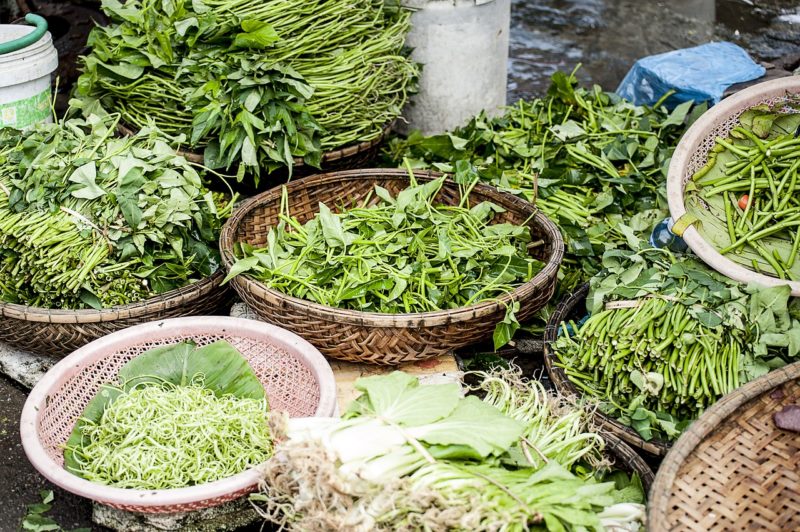
Finally, we come to water spinach. This is a unique aquatic perennial which grows in tropic and subtropics locations.
It makes a great addition to stir-fry, curry, or you can saute and enjoy it by itself. However you decide to fix it, you’ll be glad you tried it because water spinach has an incredible amount of benefits.
Water spinach helps to reduce your cholesterol, aids in digestion, helps with diabetes and is great for your heart health too.
Well, you now know 15 different Asian vegetables you should include in your diet. Hopefully, you can come up with some quick, healthy, and tasty Asian cuisine recipes for your enjoyment and improve your overall health.

